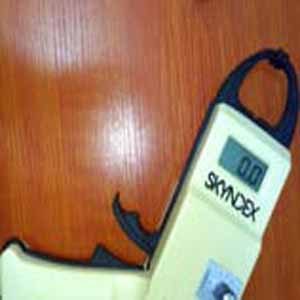The effect of calf and thigh circumferences in determining brain lesion characteristics in patients with acute stroke: A hospital-based study

Accepted: 6 December 2021
All claims expressed in this article are solely those of the authors and do not necessarily represent those of their affiliated organizations, or those of the publisher, the editors and the reviewers. Any product that may be evaluated in this article or claim that may be made by its manufacturer is not guaranteed or endorsed by the publisher.
Authors
The role of stroke risk factors in stroke patterning and differentiation is poorly investigated, especially for measures of body composition. This study aimed to investigate the effect of skinfold thickness, waist and limb circumference measurements in patterning and differentiation of stroke in hospitalized patients. Prospective study of acute stroke patients hospitalized in Aminu Kano Teaching Hospital in Nigeria was conducted in 16 months. Biceps brachii, triceps brachii, suprailiac and subscapular skinfold thickness measurements were taken using Skyndex Research Caliper. Upper arm, waist, thigh, and calf circumferences were taken, using an inelastic measuring tape according to the same standards. The data was analyzed using descriptive statistics, unpaired sample t-test, and Binary logistic regression using SPSS IBM version 20. The results shown that the studied anthropometric parameters, do not only predispose to stroke but tend to determine the specific stroke pathologic type. Thigh circumference predisposes more, and calf circumference predisposes less to ischemic stroke subtype. This means that these studied anthropometric parameters can predict stroke subtype and serve as predisposing factors conclusively.
How to Cite
PAGEPress has chosen to apply the Creative Commons Attribution NonCommercial 4.0 International License (CC BY-NC 4.0) to all manuscripts to be published.

 https://doi.org/10.4081/pjm.2022.107
https://doi.org/10.4081/pjm.2022.107



